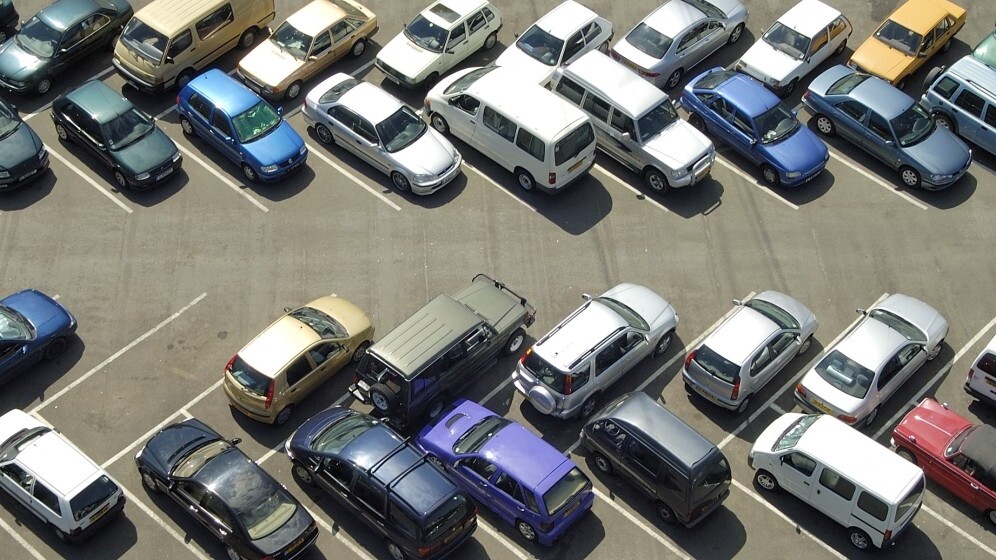
Nearly one million parking spaces around the world will be ‘smart’ parking spots by 2020, enabling cities to increase revenues as well as help motorists to find a space more easily, according to one report.
In total, there will be more than 950,000 smart parking spaces worldwide by the end of 2020, according to the report Smart Parking Systems produced by Navigant Research, the research arm of Navigant’s consultation business.
“The parking industry is going through its biggest evolution since the introduction of the first parking meters in Oklahoma City in 1935,” Eric Woods, research director with Navigant Research, said in a statement on Monday. “It is being transformed by new technologies that are increasing operational efficiency and customer expectations, and by new perspectives on the role of parking within cities.”
Ultimately, the smart parking spots will make use of technology such as vehicle sensors, wireless comms and data analytics tools but will be augmented in their use through other technology commonly found in smartphones, such as customer service apps, mobile payments and in-car sat nav systems to guide you directly to a free parking spot, for example.
Cities are looking to smart parking technology to assess how and where parking is provided in a bid to head off the growing environmental and economic pressure on urban transportation.
While the technology might not be commonplace yet there are a number of organisations and cities looking into the use of smart parking, including Boston University and the California Department of Transport, among others.
At CES 2013, Audi demonstrated a self-driving car being ‘called’ by a smartphone to pick up a passenger from a specific location and then return to its original position.
Featured Image Credit – Thinkstock
Get the TNW newsletter
Get the most important tech news in your inbox each week.




